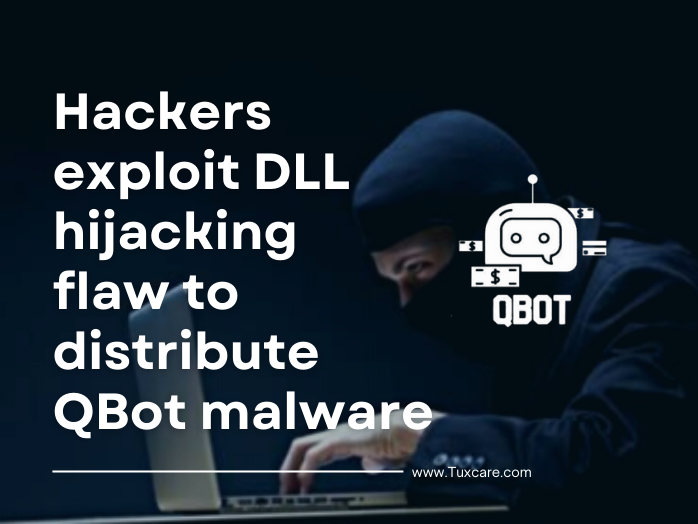Hackers exploit DLL hijacking flaw to distribute QBot malware
Attackers are using phishing tactics to spread QBot, a Windows malware that started as a banking trojan but evolved into a full-featured malware dropper.
According to security researchers at ProxyLife, the attackers are able to achieve their aims after exploiting a DLL hijacking flaw in the Windows 10 Control Panel.
Initially, the attackers exploited a DLL hijacking vulnerability in the Windows 7 Calculator to install the QBot malware. However, the researchers recently observed that the attackers switched to using a DLL hijacking flaw in the Windows 10 Control Panel executable, control.exe.
DLL hijacking simply entails a common attack method that exploit the process of loading Dynamic Link Libraries in Windows.
A threat actor could create a malicious DLL using the same name as one a program’s required DLLs and stores it in the same folder as the executable, the program would load the malicious DLL instead and infect the computer. The process of infection takes place when a Windows executable is launched and it is in search for any DLL dependencies in the Windows search path.
In one of the cases analysed by ProxyLife researchers, the threat actors use stolen reply-chain emails to distribute an HTML file attachment that downloads a password-protected ZIP archive with an ISO file inside.
The HTML file displays an image that disguise as a Google Drive and a password for a ZIP archive that is downloaded automatically. The ZIP archive in this case contains an ISO disk image that when doubled-clicked will automatically open in a new drive letter in Windows 10 and later.
The ISO file include a Windows Shortcut (.LNK) file, a ‘control.exe’ (Windows 10 Control Panel) executable, and two DLL files named ‘edputil.dll’ and ‘msoffice32.dll.’ edputil.dll is used for DLL hijack while msoffice32.dll is used for QBot malware.
The Windows shortcut (.LNK) which is part of the ISO make use of an icon that tries to make it look like a folder. Once a user tries to open the fake folder, the shortcut launches the Windows 10 Control Panel executable, control.exe, which is stored in the ISO file.
Once the malicious edputil.dll DLL is loaded, it infects the device with the QBot malware (msoffice32.dll) using the regsvr32.exe msoffice32.dll command.
The sources for this piece include an article in BleepingComputer.



 Documentation
Documentation Login
Login



